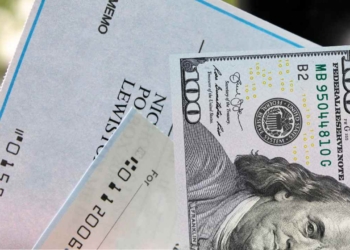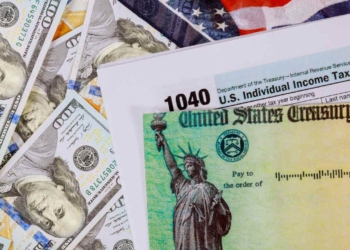Retirees in the United States can collect Social Security payments of up to $5,108 if they meet all the requirements. The first payday that the Agency has scheduled will be June 3, 2025. So, it is time to find out who qualifies for this payday, even if they receive a lower payment amount. Bear in mind that the largest benefits will not be for those who also collect Supplemental Security Income (SSI).
SSI benefits are only for low-income recipients, so it is not compatible with a monthly payment of up to $5,108. SSI recipients who are also on Social Security qualify for a check or direct deposit on June 3, but it may be lower than the average $1,999. To qualify for retirement benefits on June 3 you must have been on benefits before May 1997. Thus, it is the only other way to qualify for this payday.
Who will collect $5,108 on June 3 from Social Security?
If you qualify because you started receiving retirement benefits before May 1997, then, you must meet additional requirements to get the largest benefit possible in 2025.
In the first place, you must have filed at the age of 70. This is the age you can receive an 8% extra per year you worked after Full Retirement Age. However, it will also be the age when your retirement benefits will no longer grow.
If you filed before turning 70, you cannot receive $5,108. But the list of requirements continues. Bear in mind that you must have worked for 35 years, and you must have done so in jobs that paid taxes to Social Security. Having jobs not covered by SSA prevents you from getting these retirement benefits.
Last condition to get $5,108 from Social Security
In case you are overwhelmed with so many requirements, let’s sum them up.
- file for Social Security at 70
- work for 35 years
- have jobs covered by SSA
So far, these are the requirements described. Nevertheless, the most challenging one is yet to be revealed. In fact, you must have paid the maximum amount of tax for 35 years as you worked.
That implies you earned the contribution and benefit base for 35 years. It is also known as taxable maximum, and it is not easy at all to achieve it because it increases yearly as inflation and COLA go up.







